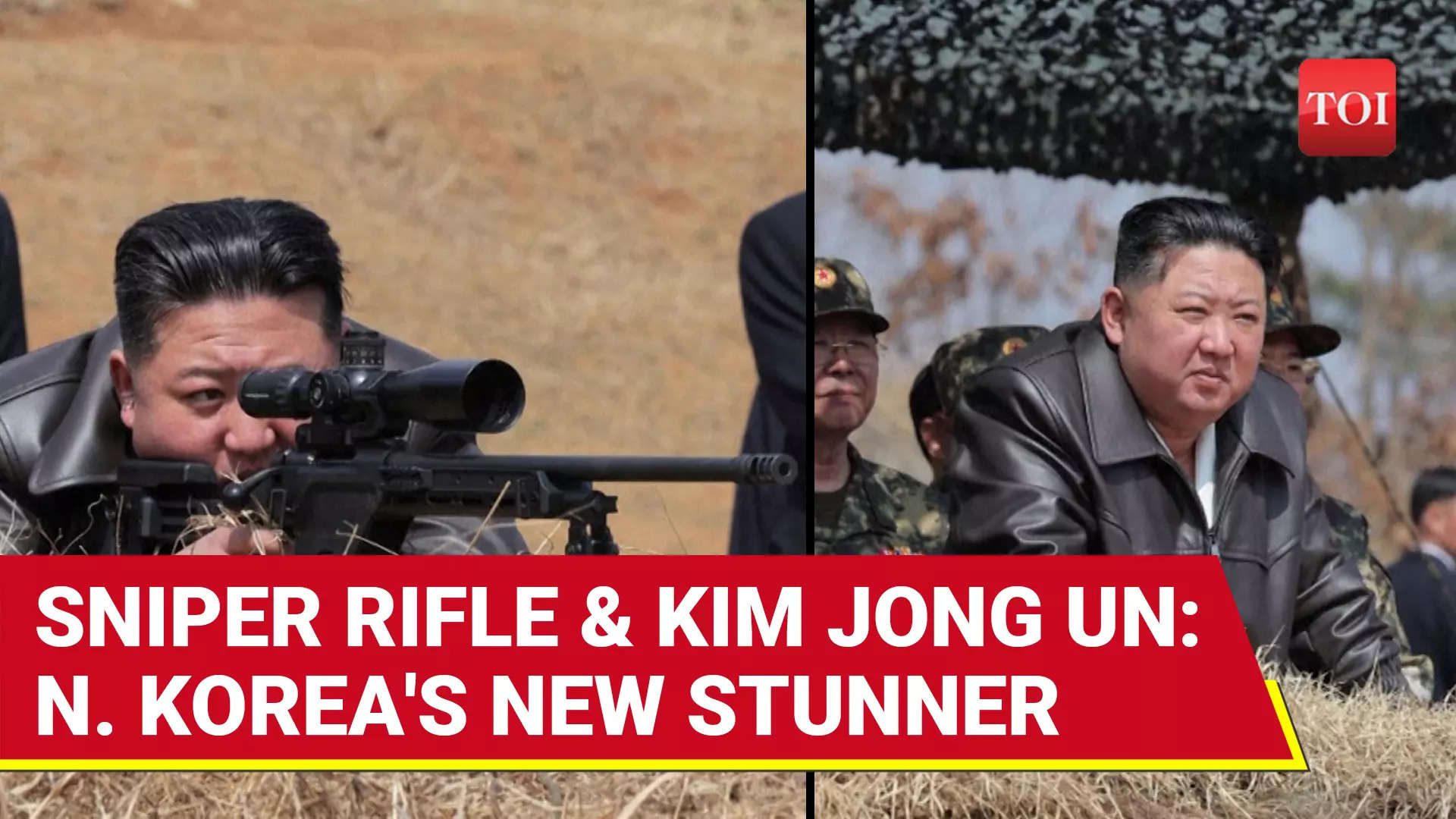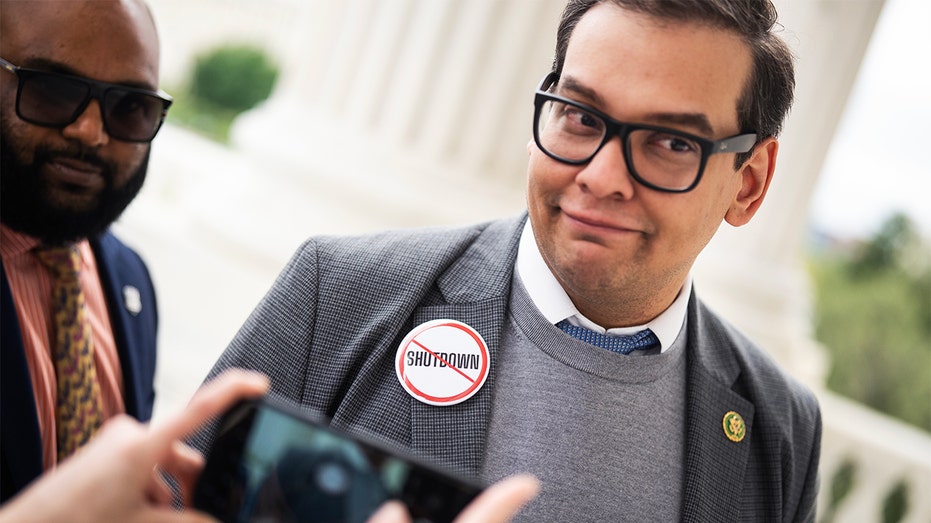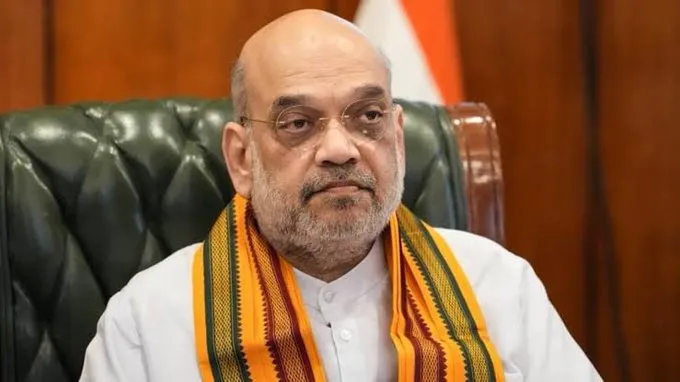US President Donald Trump, especially in his current second term, seems to be more focused than the world is ready to acknowledge. Of course, there are others outside his ‘charmed circle’ inside the country who may have other views on his ‘upstartish’ ideas and unorthodox ways of executing them. To some, his extravagant exhalations are out of this world, but for most others, both inside that country and more so outside, it’s outlandish at best and ‘un-American’ otherwise.
After all, no other US president has been so very outspoken about his intention and contentions to support and/or defend them. Whatever that may be, Trump’s devil-may-care tariff war and also the threat to annex nations seem more of a cover-up for America’s falling and failing economy. Unlike his predecessors, he seems to be acknowledging the same and also seems to intend ‘Making America Great Again’ (MAGA), his clarion call during poll time, but in unorthodox ways that tend to threaten the sovereignty and economic stability of nations.

The truth of the matter is that Trump is hiding less, unlike his predecessors, and saying more. But he says it in a way that the world is not reading him right. Or is it again a tactic for them to divert global attention elsewhere, to the effect of his tariff actions, rather than the real causes? Whether it was Trump’s earlier statements to annex Canada, Mexico and Greenland, if needed, by deploying American forces, or now unleashing these tariff wars on nations that are not at all prepared to face or face off against the same, the president seems to acknowledge that the US cannot, anymore, pretend to be what it is not.
He too wants the US to remain on top of the world as the ‘sole superpower’, but as a businessman, he knows that the economy is in shambles, which everyone else has been covering up. Put out in short, sweet words, the US cannot hope to keep the economy going by the Bretton Woods mechanism of printing more dollars at will while other nations, including friends and allies, have to earn each of those pieces of currency. As of 2023, the US national debt stood at $36.
22 trillion. It equals the GDP of very many nations, big and small, put together. In the past year, the figure could have only gone up, not down.
More than meets the eye Trump is now eyeing only those nations that have critical mineral wealth that the US either lacks or has already burnt. Likewise, his unilateral declaration of a tariff war on all nations all at once is also aimed at reducing massive dollar outages from the country and telling American big businesses to pay local labour rather than locate their manufacturing facilities in China, Vietnam or India. In this endeavour, the president wants American dollars to stay within America, and fellow Americans, starting with his ‘rust belt’ constituents, to directly benefit from it rather than any foreign labour, immigrant or not.
Of course, it may take time for these constituents to acquire adequate proficiency in IT skills and more, but that will be the aim and goal of the American state from now on – Trump or not. Rather, unless Trump fails on all fronts as president, his successors dare not try to meddle with the new agenda that he is setting for the American nation and American people(s). Again, India and Indians, watch out.
It may not be only about H1-B visas, and there may be more to it than meets the eye. Ukraine example Trump’s reset national agenda is likely to work this way. The US would not send troops or subsidise other nations’ military budgets just to pretend that it is on the top.
Nor would it subsidise other nations through trade to keep them in good humour. Instead, it would be business that is not usual and which other nations are yet to get accustomed to. Trump sent out this message to NATO and other regional allies like South Korea during his first term as president, but they could not – rather than did not – read the writing on the wall.
They had concluded that it was all about shoring up the Green Pack, nothing more. The way Trump intended doing it did not seem to have occurred to them, then or since. Take the case of the Ukraine War.
Trump wants peace in Europe, and on his terms. He does not want to spend more dollars on wars and European security than the US can really afford. By ‘affordability’, he is asking his allies, starting with Ukraine now, ‘What’s in it for the US? Why should the US fund your wars, fight your wars, when we do not get countable returns?’ In short, he is saying, ‘Let national prestige go to hell – unless, it too should make economic sense if American boots have to be put on another nation’s soil.
’ Trump’s Ukraine deal is all about obtaining long-term mineral contracts for the US. As a rule, the US state does not do such business; they are palmed off to American big business, who will mint millions – and will have to bring them back home. Why, they may not even be encouraged to set up manufacturing plants in Ukraine or elsewhere, unlike it is hazardous, health-wise or otherwise.
Manufacturing facilities for the use of the raw materials extracted out of Ukraine, refined on the ground or in the US homeland, would have to be set up only in the US, thus providing jobs to locals and revenue to the American state. In saying and doing all these, Trump has also inserted a caveat, if it is one. He has said that if American interests are to be interfered with, then (and then only), he would be sending US troops there, to secure, protect and defend American (economic interests).
Under Trump, that is, the tired-out terminology ‘supreme American self-interest’ is acquiring a new meaning and purpose, isn’t it? Extending this argument to cover Canada, Mexico and Greenland, Trump is implying that as ‘new states’ of the US, they all would automatically get American security cover or whatever they lack. But their minerals, the US wants, all the same, for a ‘shared future’, that is (?) Honourable exit What does it all entail? In more ways than one, Trump’s method of reasserting American supremacy comes with a price that the US cannot ignore. His threat to annex nations may not go all the way up there but is aimed only at negotiating favourable terms on minerals, mining, trade and investments.
The same applies to his tariff wars, which may end up in tariff negotiations, where he may ease them on smaller Third World nations but stick to stiff reciprocity from ‘affordable nations and groups’ – like the EU and ASEAN, India, China and Japan, among others. But Trump’s threats of the kind have only triggered dormant ‘nationalistic sentiments’ in every nation that he has set his eyes on for purported annexation. Leaving aside taking over any or all of them all at once is not going to be easy – or is not going to happen.
That could become the rallying point for all Americans who are now against him, going beyond his adversaries in the Democrats camp. They could include his ‘rust belt constituents’ and intellectual supporters from the sidelines. Also, it is one thing for you to ‘annex’ a nation; it is another to keep it.
Trump has only to learn from contemporary American experience in Afghanistan and, earlier, Vietnam, in the previous century. Of course, then there was also the experience of and with the likes of the Shah of Iran and Ferdinand Marcos of the Philippines. American wisdom It looks as if Team Trump, if there is one, seems to be following the conventional American ‘wisdom’ (?) of strategising their war plans to the ‘T’, without planning for the ‘day-after’.
The day-after, in most cases, involved a hurried exit. There was nothing on paper to make that unavoidable exit an honourable one, either. Should any of Trump’s annexation plans backfire likewise, or even refuse to take off owing to internal pressures and possible street protests, again within the US, his possible plans for satisfactory negotiations on the tariff front(s) too can fly through the roof.
Trump can then become the wonderful disaster that he did not intend to be, when he started it all off, in his first term. There is another caveat. The US is generally controlled by the Deep State, which also subserves the interests of the ‘military-industrial complex’.
At the commencement of the Second Iraq War and also the Afghan expedition, the likes of President George Bush and Vice President Dick Cheney showed how there is big money for their friends, first in the ‘Blackwater’ kind of outsourcing soldiers’ work, when average Americans did not want ‘body bags’ of their dear ones serving the US military elsewhere. But there was more money in the ‘reconstruction’ of the war-ravaged ‘enemy territory’, which had become a friend after a forced regime change of the Saddam Hussein kind. Recall how Trump said that after evacuating Gaza of Palestinians, they could have a resort or whatever.
It’s a businessman’s mind at work, not that of a well-meaning politician (alone?). Two, and more importantly, if the American ‘Deep State’ is as well-entrenched as it is believed to be, and is as much in cohorts with the nation’s military-industrial complex as purported to be, how would it be disposed towards a president who wants them to change tack? In Trump’s ‘Agenda for America’, the economy comes first, and military aid and support, if any, has to follow – not otherwise. Is it acceptable to ‘em all? During his poll campaign, Trump, occasionally at least, kept speaking about demolishing the ‘Deep State’.
He has not said anything substantial after coming back to power. Is there something that the naked eye cannot see in all these? The writer is a Chennai-based Policy Analyst & Political Commentator. Email: sathiyam54@nsathiyamoorthy.
com . Views expressed in the above piece are personal and solely those of the author. They do not necessarily reflect Firstpost’s views.
.
Politics

Trump’s ‘tariff war’ shows he values business more than superpower ambitions

President Donald Trump too wants the US to remain on top of the world as the ‘sole superpower’, but as a businessman, he knows that the economy is in shambles, which everyone else has been covering up















